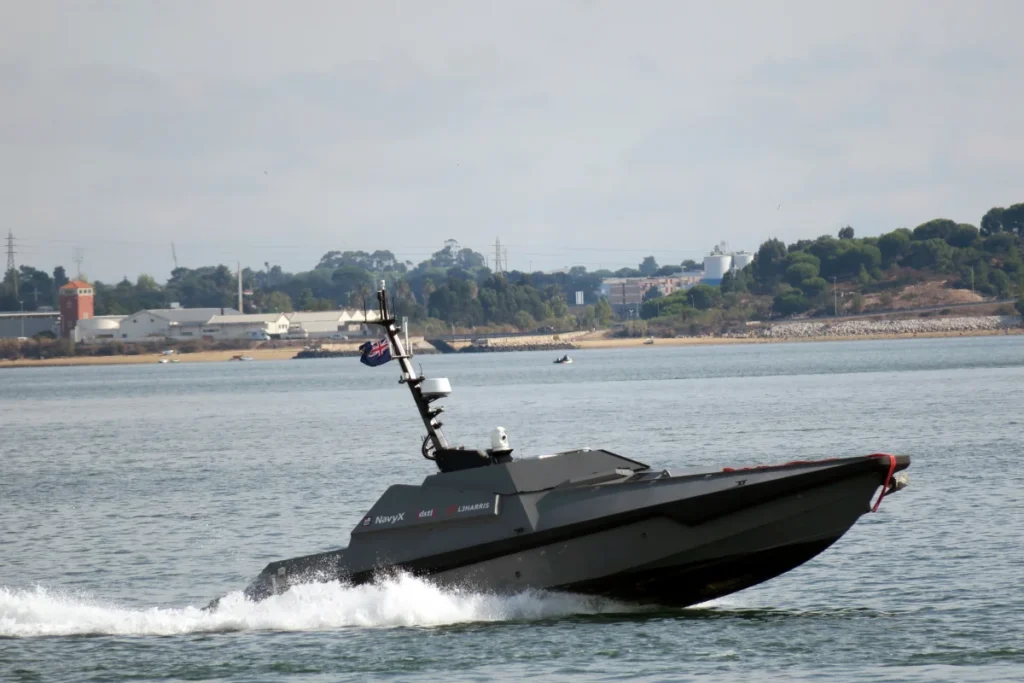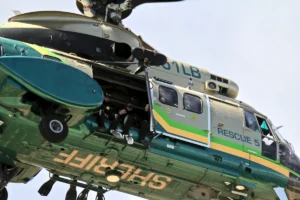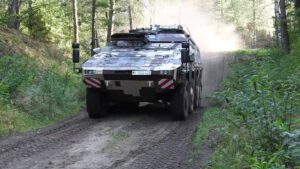
In recent years, in response to emerging operational needs, we have seen a substantial increase in the number of drones used in military and counter-terrorism operations. With the rising accessibility to technologies applied to drones, many countries and organizations operate unmanned systems today. The use of drones in many sectors creates significant benefits, produces cost-savings and improved efficiencies.
Both autonomous and teleoperated unmanned systems have been used in military domains for years, in terrestrial, marine and underwater, aerial environments.
The probability of terrorism attacks and threats are high and their impact can be very dangerous with disastrous effects. Therefore, the use of unmanned and robots as a protection and prevention solution is highly required.
Governments and military bodies plan and conduct operational activities in several scenarios periodically. In this context unmanned air, surface and underwater vehicles were deployed at sea during a multinational exercise in Portugal called REP(MUS) 21.
Robotic Experimentation and Prototyping Augmented by Maritime Unmanned Systems REP(MUS) 21, it is an annual exercise jointly organised by the Portuguese Navy, the University of Porto, NATO’s Centre for Maritime Research and Experimentation (CMRE) and the NATO Maritime Unmanned Systems Initiative. The exercise gives Allies and partners a chance to field and evaluate new maritime technologies.
During the exercise, the Royal Navy used several unmanned vehicles such as Otter Unmanned Surface Vehicle produced by Maritime Robotics located in Norway‘s in Trondheim. The Otter vehicle is an easily deployable turn-key system for seabed mapping and monitoring of sheltered waters. It can be disassembled into parts weighing less than 20 kg and a single operator can launch the Otter both from land or on board a boat.
Cover image: Royal Navy
Read more in the digital JP Mag – JPmag – May 2022
Paolo Mazzone
SubEng – HSE Adviser


